Despite the richness of the Philippines in natural resources, the agricultural workers in the Philippines are at the bottom of the social hierarchy. Approximately 75% of Filipinos are agricultural workers; this includes “people from the countryside” who are farmers, fisherfolk, and people who work in livestock and the forests. They had been driving the Philippine economy in the backseat for years and years to come.
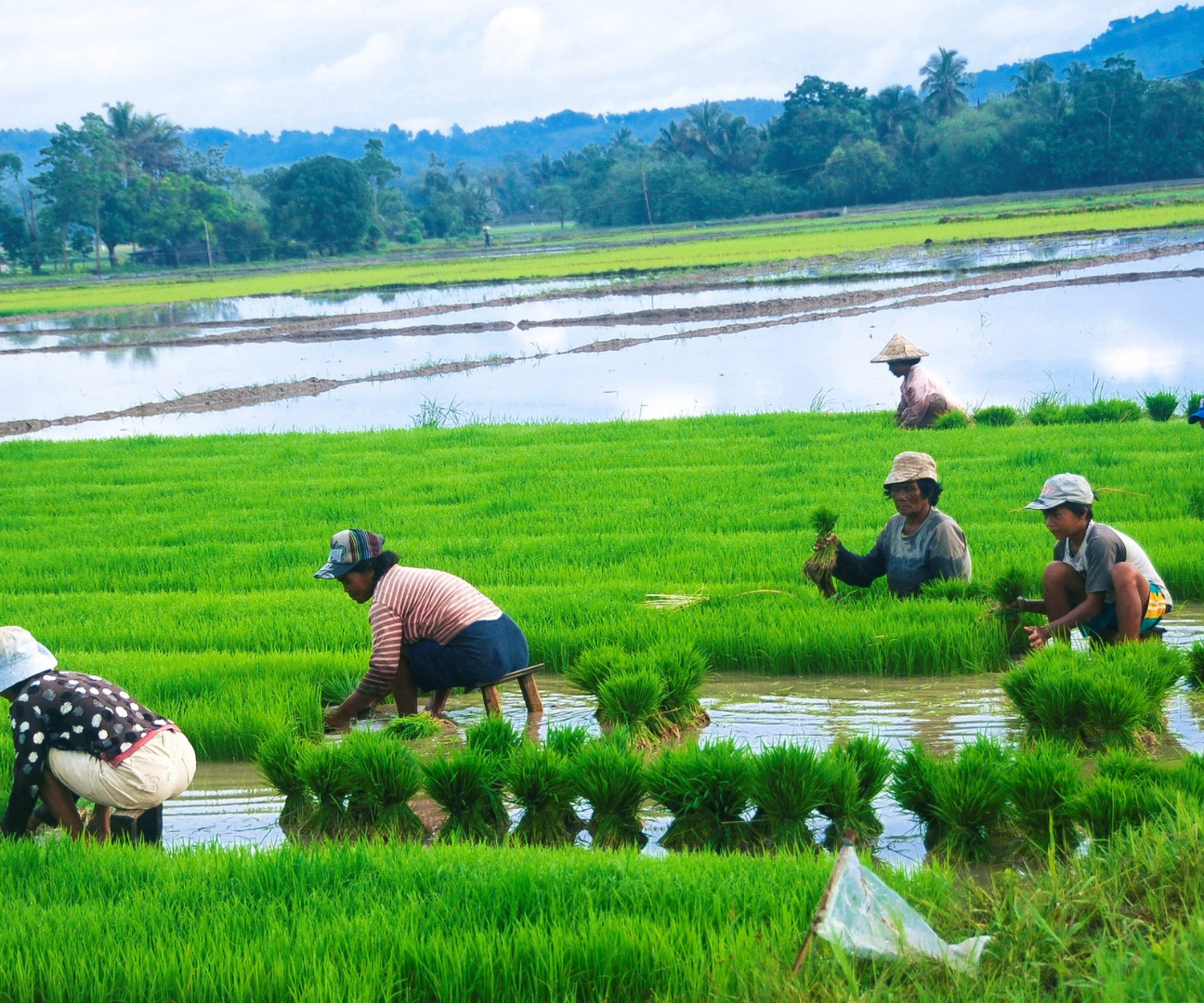
- Agricultural workers are the largest sector in Philippine society, yet they also are taken the most advantage of.
- Agriculture was the main driving force of the Philippine economy. Before, the country’s economy and employment have been greatly dependent on agriculture; however, the Filipino population is less dependent on farming during contemporary times. (Albert, n.d.)
- Agriculture is rich in the Philippines because of our archipelagic nature, our climate, and location.
- Despite the attempts to industrialize the economy by the 2000s, the Philippines is still primarily agricultural with many citizens living in rural areas and supporting their livelihoods through agriculture. (“Philippines - agriculture”, 2010)
- Nowadays, agricultural workers are older people and younger people are shying away from the field of agriculture. (Habito, 2018) Agricultural workers need the utmost support from fellow Filipinos, especially the Philippine government.
The State of Agriculture in the Philippines
The Philippines is primarily an agricultural country with four agricultural sub-sectors in society, namely farming, fisheries, livestock, and forestry. Farming and fisheries are the larger two sectors with livestock production and forestry being the two smaller sectors of agriculture in society. The dry and wet climate in the Philippines is perfect for agriculture, and the archipelagic nature of our islands makes the fishing industry thrive. The country has agricultural exports all over the world such as Southeast Asian countries, Japan, the United States of America, and Europe. Coconut products, bananas, and fruits and vegetables are the largest exports of the country. (“Philippines - agriculture”, 2010)
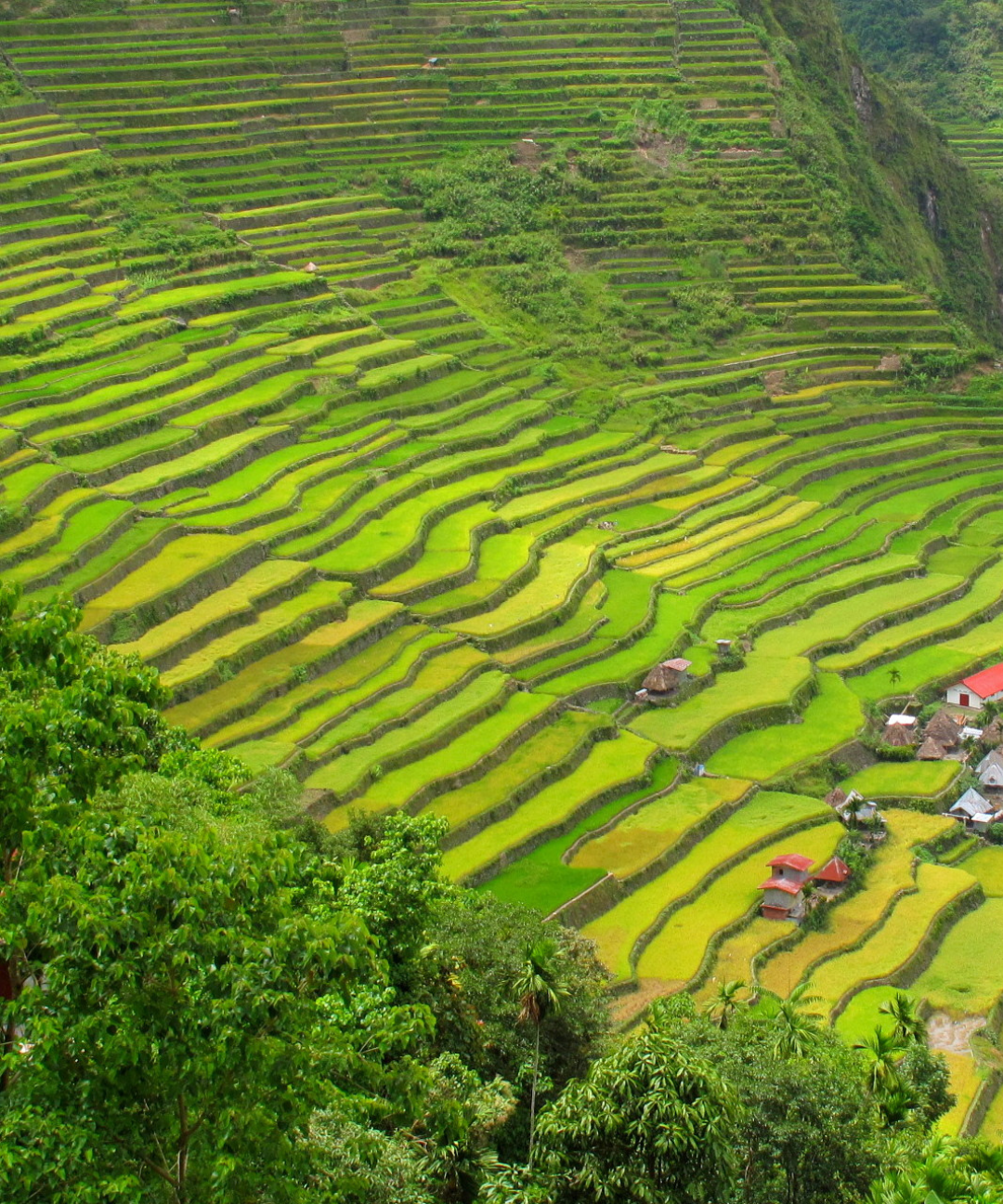
Many families from the provinces in Luzon, Visayas, and Mindanao are part of the farming sector. About a third of the land of 30 million hectares is claimed as agricultural property, and the practice has contributed to 24% of total export earnings. (“Agriculture in Philippines - farming, major crops”, 2021) In the field, rice, corn, coffee, mangoes, tobacco, coconut, bananas, pineapple, sugarcane, and abaca are the country’s main crops whereas the county produces peanut, cassava, camote, garlic, onion, cabbage, eggplant, calamansi, rubber, cotton, and more as secondary crops. (“Philippines - agriculture”, 2010)
The fisheries sector is divided into two subdivisions—capture fisheries at the municipal level, commercial level, and inland level as well as aquaculture (Lamarca, n.d.) which pertains to the cultivation of aquatic life and resources. (U.S. Department of Commerce, n.d.) It has grown and continued to grow because of the different bodies of water surrounding different islands and the country as a whole; furthermore, the Philippines is found at the center of marine biodiversity called the heart of the coral triangle. (Carpenter and Springer, 2005). Fishes are sold in local markets in certain municipalities, yet a large chunk of aquatic resources are shipped to the capital, Manila, and other urban areas; the country also exports goods to the United States, Japan, Hongkong, Germany, China, Taiwan, the United Kingdom, Spain, Netherlands, South Korea, and other countries globally. (Lamarca, n.d.) With the Philippines being part of the major fish-producing countries in the world in 2012, the workers had produced about 3.1 million tonnes of fish, crustaceans, mollusks, and other aquatic animals and exported majorly tuna but shrimp and prawns, too. (FAO, 2014). Farming and fisheries drive agriculture in the Philippines through a number of exports.
The two smaller sectors of agriculture, namely livestock production and forestry, are not a feat to be disregarded. Livestock pertains to domesticated or farm animals that are taken care of for production and sale (Britannica, T. Editors of Encyclopaedia, 2020); poultry refers to chicken with the same purpose as livestock. The livestock and poultry sector has immense contributions to the Philippine society with hogs and chicken making up the majority of livestock production and sale. (Statista Research Department, 2021) With many forests in the Philippines, they are important and great natural resources in the Philippines. Ranging from food crops to livestock, fish, and recreational services, forests are great wonders and treasures of the Philippines. (SEPO, 2015) This sector primarily involves harvesting timber but includes the management of forested land as well as nearby waters and wastelands. (Pope et. al., 2020)
The Workforce
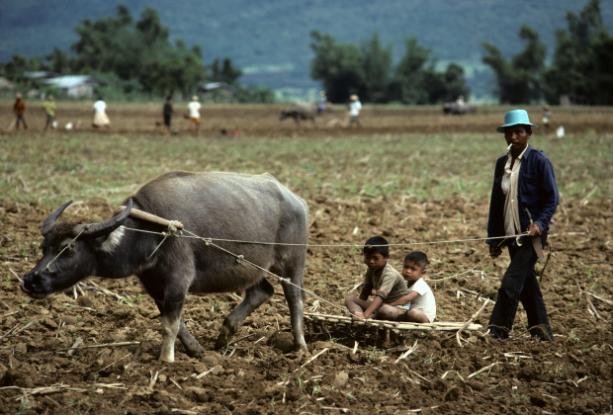
Agriculture is the largest sector in Filipino society yet the most marginalized. They make two of every three of the Filipino working poor, and—averaging at 57 years old—most are in their old age. (Habito, 2018) Young people shy away from the industry due to the lack of promise in their careers.
Workers in this sector earn less than what the average worker does and produce about one-sixth the value of output produced by a worker in the industry; this occupation receives low wages and low productivity. (Habito, 2018) In current years, a decline in the workforce was observed, but farmers and fisherfolk did not disappear from society despite urbanization. The decline was caused by climate factors and the economic state of the Philippines. For instance, the number of workers in the agriculture sector peaked in the 90s but suffered short-term dips in 1997–1998 due to severe El Nino. (Briones, 2017) Economically, the workforce had been falling consistently, averaging 250,000 people leaving per year, since 2011; this was driven by rapid economic growth and tightening labor markets. (Briones, 2017).
Daily salary in agriculture is said to be the lowest among the sectors in society. Approximately 425.9 Philippine pesos a day was the real minimum wage for workers in the agricultural non-plantation industry in the capital region as of March 2019; people from provinces record a lower pay, especially in the ARMM region wherein workers only receive 214.1 Philippine pesos in daily wages. (Statista Research Department, 2021) This is less than the minimum wage for Filipino workers in the National Capital Region (NCR) which is recorded to be 500–537 Philippine pesos. (DOLE, n.d.). To live comfortably in the Philippines, one spends around 26,320.50 Philippine pesos without rent monthly—approximately 877.35 daily. (“Cost of living in Philippines”, n.d.)
Economically, the agricultural sector is suffering. Subsequently, there are many struggles that economic struggles that they go through.
The Hacienderos and the Agrarian Reform
The haciendas were originally for-profit companies owned by hacienderos, part of the ruling class. (Sam, 2020) This system operates under a society where feudalism exists. Hacienderos own the farming land or the plantation land while the farmers till the dirt, plant the seeds, and harvest the crops. The hacienda system has been enforced in society ever since the Spanish colonial period, yet no president has solved it; if farmers had a piece of land they can cultivate, the state of the Filipino peasantry will be elevated. (Ang, 2017) In the country, the encomienda system during the Spanish regime had evolved into the hacienda system still present in the contemporary period. The elites of the ruling class had exclusive rights over fertile lands, and the so-called indios of the time were exploited peasantry for the advantage of the elites. (Sam, 2020)
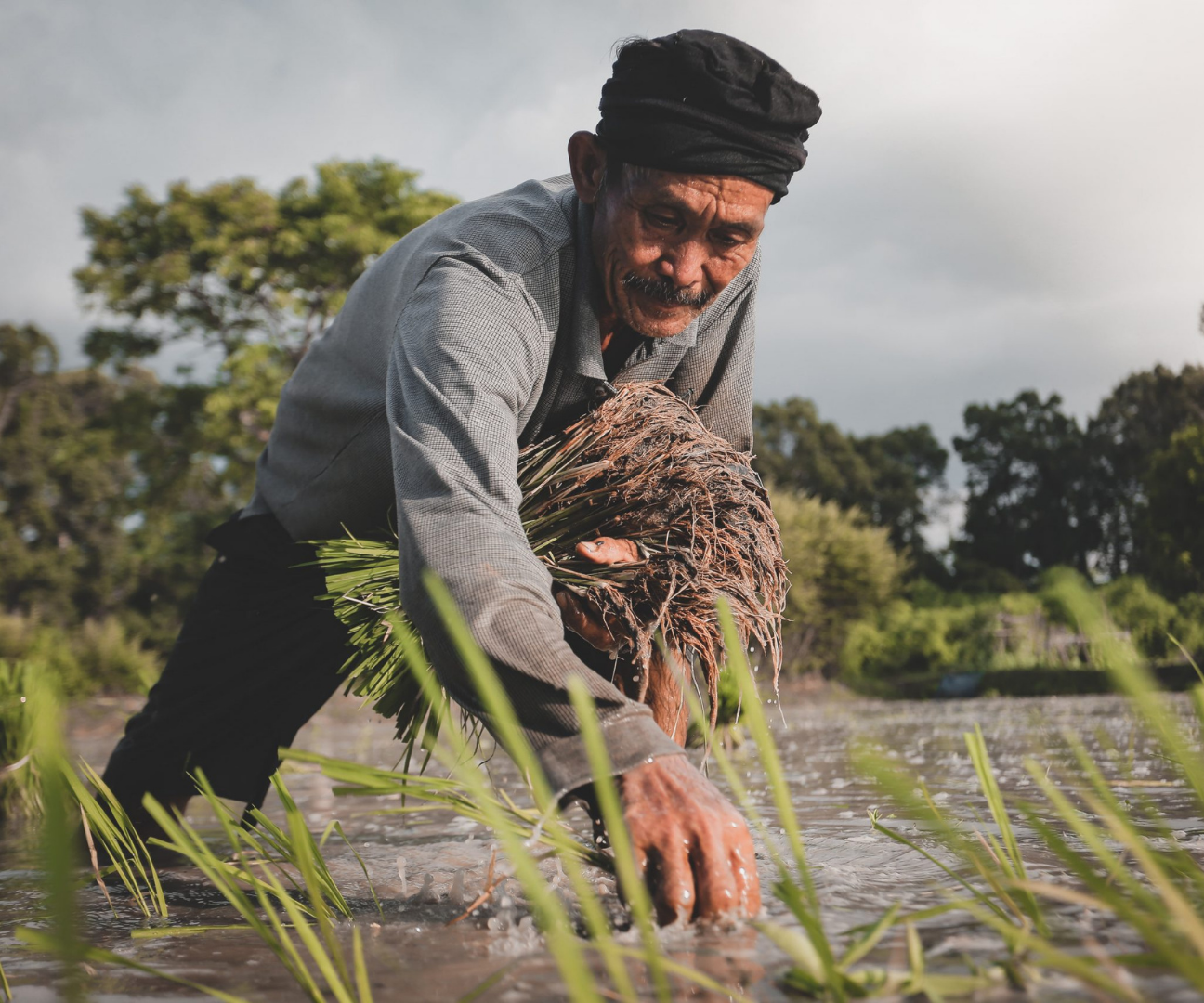
In today’s time, most farmers are simply workers under a ruler or a haciendero despite the agrarian reforms in the Philippines in hopes of standardizing the distribution of land between landless peasants and wealthy landowners. (Sam, 2020) In 2021, the majority of the Filipino farmers still state that they do not have their own land and are dependent on contracts with landlords, traders, or middlemen. (Habacon, 2021)
The Republic Act No. 6657 has been implemented since June 10, 1988. According to Chapter 1 Section 2, “It is the policy of the State to pursue a Comprehensive Agrarian Reform Program (CARP). The welfare of the landless farmers and farmworkers will receive the highest consideration to promote social justice and to move the nation toward sound rural development and industrialization, and the establishment of owner cultivatorship of economic-size farms as the basis of Philippine agriculture...” It further mentions that it is founded on the rights of the peasantry who are landless; it is a republic act that puts the Filipino peasantry at the forefront of their endeavor. (“Republic Act No. 6657”, 1988)
Despite the law and actions implemented, the class divide regarding land ownership continues to haunt the nation. (Sam, 2020)
Please be informed that the next paragraphs would mention brutalities against the Filipino peasantry. Please read at your own risk.
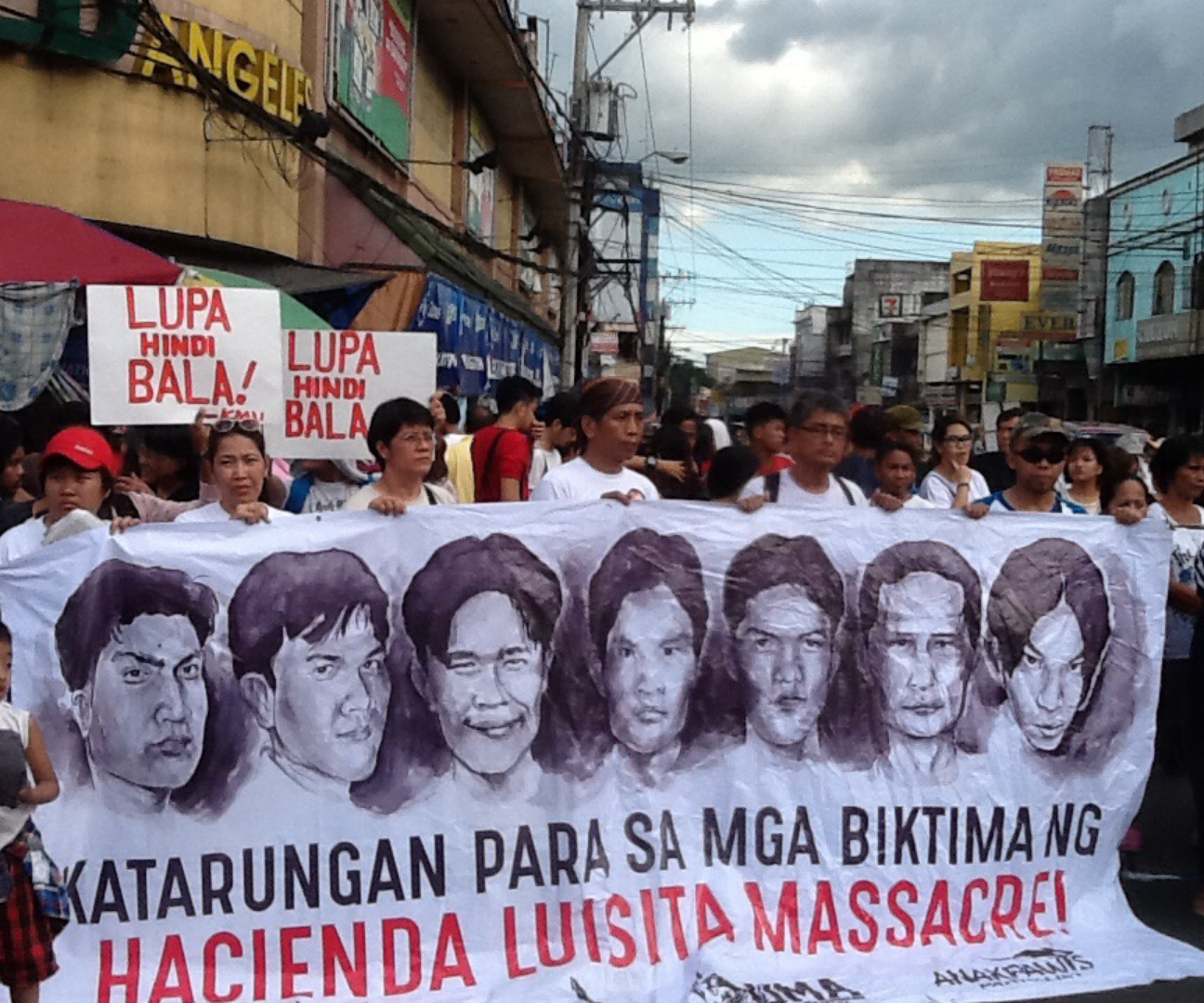
In 2004, the lives of farmers in a 64.4-kilometer hacienda owned by the Cojuangos were taken (Inquirer Columns, 2011); the Hacienda Luisita Massacre shows the elite’s rule over the poor workers, exploit, hypocrisy, and power abuse. On November 6, 2004, about five thousand sugar farmworkers and five hundred mill workers organized a strike in demand of reinstating 327 workers laid off by the Hacienda Luisita, Inc. (HLI) management. Tension had been rising between the union and the police force for several days. From four days starting the 13th, thousands of sympathizers drove by whenever police authorities came and threatened the sugar-farm workers. Tensions peaked on November 15, for the strikers stood their ground as policemen in formation came to stop the union. Armed policewomen faced female peasants with their wood-constructed truncheons; policemen faced male workers. They tried negotiation which led to the police hitting the workers with their truncheons and five shields taken by the strikers. Many strikers were injured, among them Catlu president Ricardo Ramos who was hit on the head; however, they continued to hold their ground. On the 16th of the same month, the police force began using water cannons and tear gas canisters to drive away protestors at 3:10 in the afternoon. Then, the shooting which lasted two minutes but took thirteen lives began. A protestor had mentioned the sight of soldiers armed with long rifles to the right of the sugar mill and left of the gate. (Olea, 2004)
And the struggle of the Filipino peasantry and the Filipino farmers continue on vast fields full of crops to the streets with placards in hand.
The Struggles of Fisherfolk
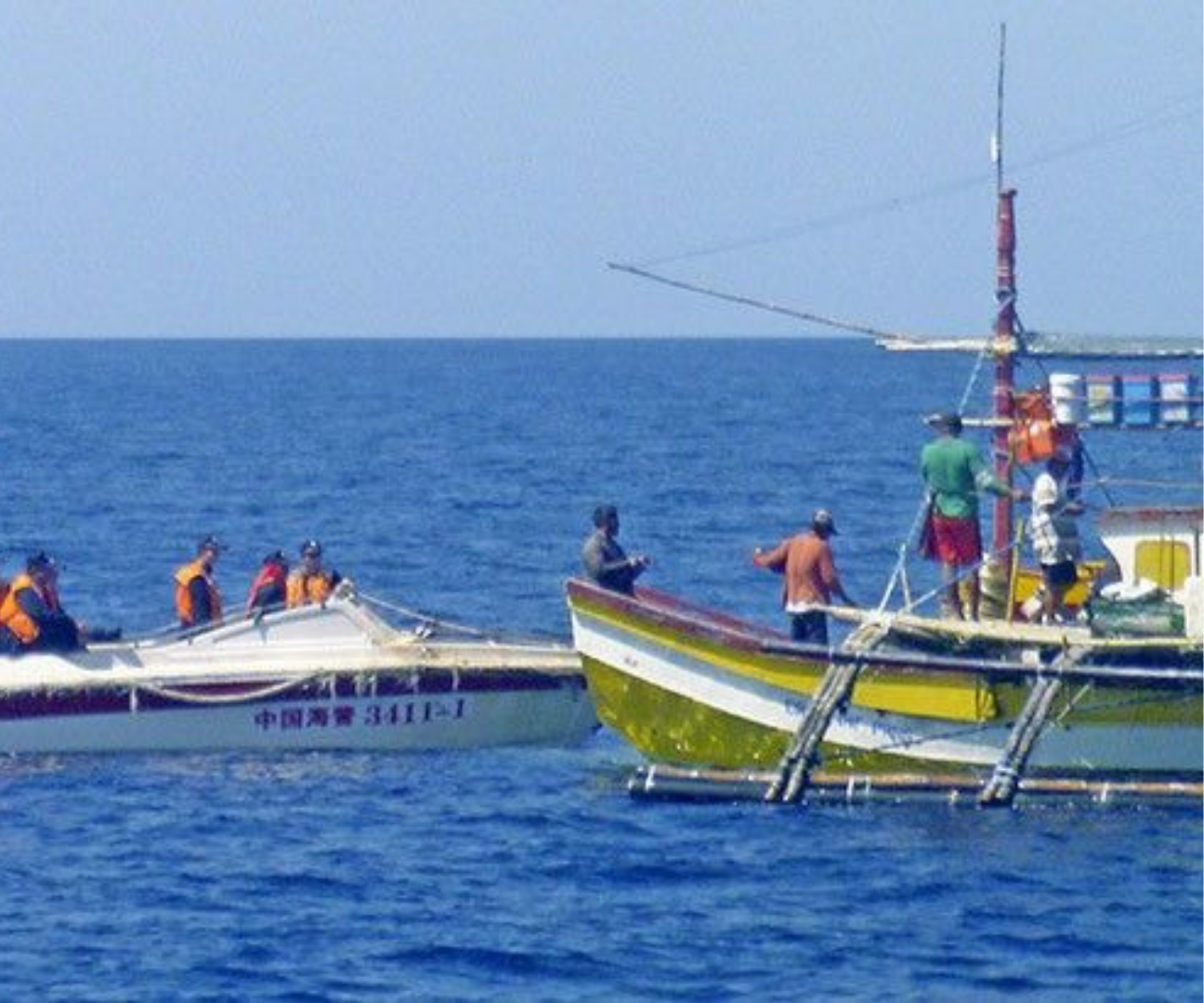
Bobby Roldan, a fisherman in Zambales and PAMALAKAYA’s vice chairperson for Luzon stated before the 2021 SONA of the President occurs, “Why would we be even afraid of the Philippine cops when it’s already Chinese forces we have been facing in our fishing grounds on a regular fishing basis?” (PAMAKALAYA, 2021)
On July 24, 2021, fisherfolk under the country’s fisherfolk federation called Pambansang Lakas ng Kilusang Mamamalakaya ng Pilipinas (PAMALAKAYA) had marched and shouted in the multisectoral protest during President Rodrigo Duterte’s final State of the Nation Address (SONA). The protest would condemn the Duterte regime which continuously brings misery to the Filipino fisherfolk. (PAMAKALAYA, 2021).
Amongst the many hardships that Filipino fisherfolk go through, they face tension that had been continuously building with the fisherfolk in the West Philippine Sea and the Chinese soldiers who claim the territory to be the South China Sea. Despite Sabina Shoal being in the exclusive economic zone (EEZ) of the Philippines, boats that the workers encounter are large Chinese ferries. (Fermin, 2021) According to the fisherfolks’ statement, Chinese soldiers eject Filipinos and don’t let the latter enter their own territories. (Fermin, 2021)
They continue to be oppressed in Filipino society but also by a government that claims bodies of water as theirs.
The Support
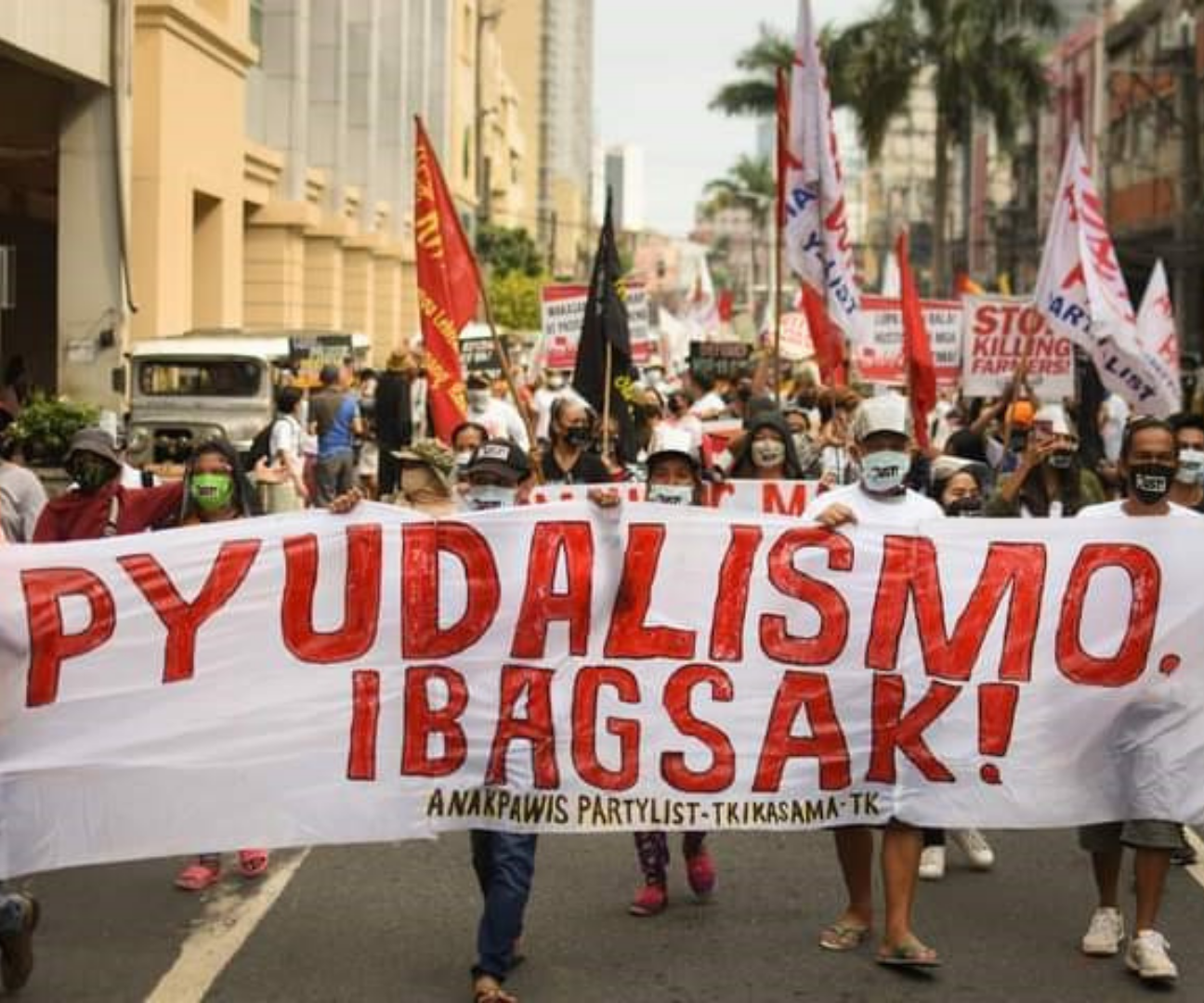
The voices of the minorities and the marginalized in our society should be amplified. They have ideas; they have words they want to shout, and we should let them. There are several peasant organizations and unions that hold protests to advocate for their rights. In celebration of peasant month, several organizations frequented the streets in a march to Mendiola to call for their right to land. These groups aimed to expose the unjust agriculture-related politics, attacks on peasants, and intense militarization that they experience. Banners that say, “Pyudalismo ibagsak! (End feudalism!)” are held by protestors. (Bulatlat, 2021)
We may not be the minority, but we can stand by them.
There are several national democratic mass organizations (NDMOs) that work with the agricultural sector. Activists have frequented the streets in protest for agrarian reform and related struggles that the agricultural sector goes through; activists had spoken out about the West Philippine Sea feuds. When elections approach, voting for progressives who are in support of these minorities will spark a change for the better—we must vote wisely! If we elect a smart and ultimately people-oriented politician, then minorities will be heard.
With the power of social media, we can also raise awareness, especially in internet spaces that are less informed about what the marginalized go through such as Facebook and Tiktok. The majority of Filipinos are on ground, but a share and a post wouldn’t be for the worse.
We, as fellow Filipinos, must continue to amplify their voices and use our voices for progress.
Summary
- The Philippines is an agricultural country, but its agricultural workforce faces many struggles economically, politically, and socially. The struggle continues.
- Most farmers in the Philippines are still landless despite the agrarian reforms that the country had enforced. Protest for ending feudalism and the hacienda culture continuously takes place on the streets by several organizations.
- Fisherfolk faces Chinese vessels every day as they fish the West Philippine Sea area near Palawan.
- Filipinos shall continue to uplift the voices of the Filipino agricultural workers.
